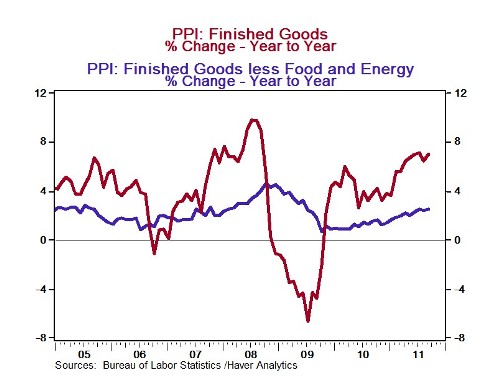
The rapid rise of cryptocurrency in investor adoption is truly astounding. An April survey by GoBankingRates involving 1,037 investors revealed that more than 40% of those who invest in cryptocurrency have dedicated 11% or beyond of their investments to it. Around 12% of the participants expressed their aspiration to hold cryptocurrency for retirement. Meanwhile, 22% seek to incorporate cryptocurrency into their investment portfolio as a diversification strategy.
It’s wise to determine the optimal proportion of cryptocurrency in your portfolio for existing cryptocurrency owners or those considering an investment in this sphere. Given cryptocurrency’s inherent volatility, achieving a balanced investment mix is crucial. Here we delve into the perspectives of some industry specialists on maintaining equilibrium in your investments amidst the unpredictability of cryptocurrencies.
How Much Crypto Should You Own?
A study conducted by Yale in 2019 suggests that dedicating between 4% and 6% of your portfolio to cryptocurrencies could be a suitable strategy. This research encompassed various cryptocurrencies, highlighting bitcoin, XRP and ether specifically.
More and more financial advisors, certified financial planners, and other finance professionals endorse a 1% and 5% crypto allocation. Notably, Rio de Janeiro in Brazil has recently invested 1% of its treasury reserves in cryptocurrency, providing a significant case study at the governmental level.
An allocation of 1% is often seen as an ideal balance. While it’s a small enough percentage to minimize the impact of a market downturn, it also allows investors to double their returns compared to portfolios without any crypto allocation. While the growing institutional investment in cryptocurrencies appears to be reducing the likelihood of a total market crash, it’s understandable that both consumers and advisors remain cautious.
Is Crypto a Risky Investment?
Most financial strategists and investment specialists concur that cryptocurrencies, including Bitcoin, pose a greater risk than conventional investment avenues. Unlike the securities available in the stock market, Bitcoin and other cryptocurrencies tend to be more hazardous investments. The inherent volatility of crypto is one reason for this. Given its relatively short existence compared to the stock market, there’s less historical data available for investors to leverage for smart portfolio building. Regulatory policies concerning crypto also remain a topic of ongoing discussion and uncertainty.
Certain cryptocurrencies can be considered a “highly unpredictable and greatly risky investment.” This characterization largely stems from the common occurrence of sharp spikes in crypto prices, often followed by abrupt depreciation in value. While these swift price movements can provide opportunities for substantial gains, they require perfect timing and can equally result in significant losses for investors.
What Makes a Good Crypto Portfolio?
An effective cryptocurrency portfolio should mirror the fundamental principles of your broader investment strategy. It ought to be diverse and align with your comfort level for risk. Invest in cryptocurrencies that you’ve thoroughly analyzed and feel confident about. It’s crucial to peruse the whitepapers of these digital currencies to gain a deeper understanding of their functionality and goals.
A well-constructed crypto portfolio allows you to weather bearish and bullish market cycles without causing undue stress or sleepless nights. Beware of overexposure or speculative bets on altcoins, as this could lead to “paper hands”, a phrase that describes investors who panic and sell at the first hint of a market downturn. You should also consider using exchange platforms that will ensure seamless currency conversion such as BTC to USD
Managing Your Crypto Portfolio
Maintaining your cryptocurrency portfolio requires a long-term outlook spanning years or even decades. Given the inherent volatility of this nascent asset class, it’s crucial to prioritize potential profits over an extended period rather than short-term gains over weeks or months.
Cryptocurrency investments are typically profitable, particularly those held for four years or more. These investments should be viewed as a commitment to a burgeoning technology rather than a quick way to amass wealth.
Frequently checking your portfolio or attempting to impeccably time the market often leads to undue stress and poor decision-making. Instead, periodic reviews and adjustments of your assets, based on your changing perspective of the market, are recommended. This approach is quite similar to managing a stock portfolio.
Endnote
If you’re considering jumping on the cryptocurrency bandwagon to profit from its popularity or seize a “once-in-a-lifetime” chance, it’s crucial not to rush. Given its unpredictable nature, most financial experts and advisors suggest allocating only a modest portion of your overall portfolio to crypto. However, some people are more at ease with the associated risk, so it all boils down to your personal risk tolerance.


